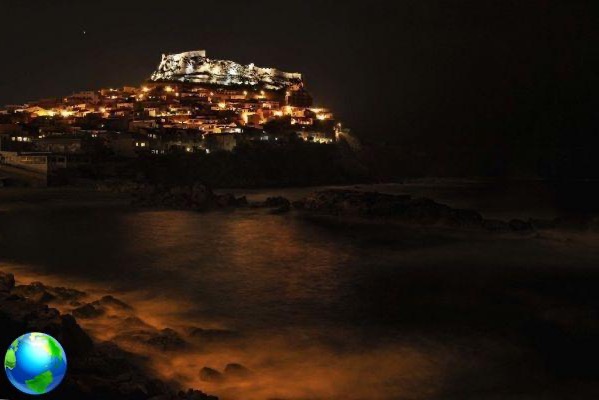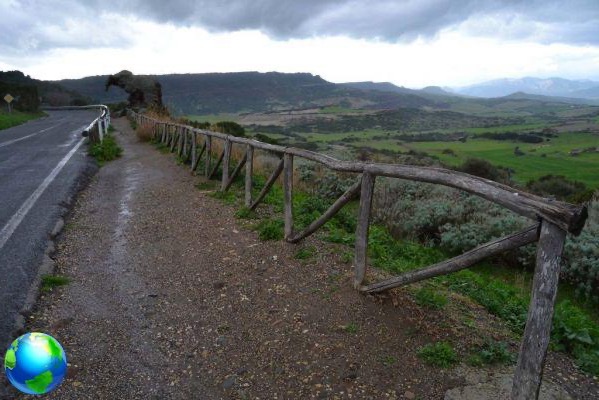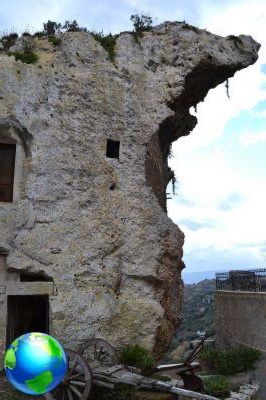Castelsardo in Sardinia is located in the northern area of the island, the one near Santa Teresa di Gallura. What to do in two days and above all what to visit to fully enjoy this area.
Arriving at night is even more spectacular than it is during the day. One of the most beautiful villages in the world, it certainly is here in Sardinia, faces the sea with large walls that light up at night. Wherever you arrive, a Castelsardo, one cannot fail to be fascinated by what is in front of you. But to take some photos we had to go to the most recently built city waterfront. The core of the historical city it is located on the hill and dominates the sea view from every side of the city. At the entrance to the old part there is a car park that does not have numerous parking spaces. The climb is not that hard and you will be rewarded by the view you will have as you climb!

Castelsardo has a history that has origins they have Roman roots, with their first landing in the waters that now host the marina, but the history of the castle begins in the twelfth century with the Doria family and from there shortly, of the village as we still see it.
The occasion that brought us to Castelsardo was to be able to dedicate a weekend to cross one part of the north Sardinian coast (From Castelsardo to Santa Teresa di Gallura to be clear) and even though it was January we had no problem finding restaurants and B & Bs that were open.

Visit the Ancient city it's like going back centuries. The conformation of the streets that run through the village has remained unchanged. Verandas, underpasses covered with centuries-old junipers and trees that over time have managed to grow among the stones of the village. At night the scenery is almost surreal. The atmospheres that are created are very suggestive.
After we left our bags in the room we went downstairs new part of the country and we could choose between some places open even during the winter months. Once dinner was over we went to the places that the restaurant staff recommended; Medieval churches, breathtaking paths among the walls with a view sea and township occupied the rest of the evening.

The city is famous all over the world for its musical events (starting from one of the best New Year's in Italy) to the festivals that during the season make Castelsardo a destination for personalities and intellectuals of international caliber. Inside the castle there is the Museum of the Mediterranean weaving; one of the most visited museums in the region. Inside, collections that tell the lifestyle that is closely linked to the activities of the land and the sea. Another museum is that of the "Master of Castelsardo”Which is housed in the crypts in the Co-Cathedral consecrated to Sant'Antonio Abate. The position of the church is characteristic, overlooking the sea overlooking the sea with its austere and simple facade at the same time.


After taking the last shots and taking the bags, we left. On the way to the following stages, the stage at the Rock of the Elephant. A rock sculpted by wind and weather that has taken the shape of an elephant. Excavated in this rock we find the Domus De Janas, a pre-Nuragic settlement dating back to about 5000 years ago and an engraving on one of the walls of an animal bust. The road was built attached (Alas) but it is still possible to get there on foot. Behind the unique rock opens a valley completely covered with greenery and with few buildings that are dominated by a large nuraghe (one of many in the area). If you decide to enter the area, stop at sedini; A city where many buildings are built between and in the rock. Including the museum, which is located inside a large rock.


























